Go offline with the Player FM app!
Deciphering ancient artifacts with a lost language used by women in Zambia
Manage episode 497477308 series 3381505
Geometric patterns on cloth. Symbols etched into sacred masks.
Experts believe it’s all part of an ancient, largely forgotten writing system that was used by women in Zambia.
Recently, the curators at the National Museum of World Culture in Stockholm, Sweden, invited a group of Zambian women to help understand the meanings of some artifacts and the communities that used them. The idea is that many of the objects in Sweden will eventually be brought back to the African continent.
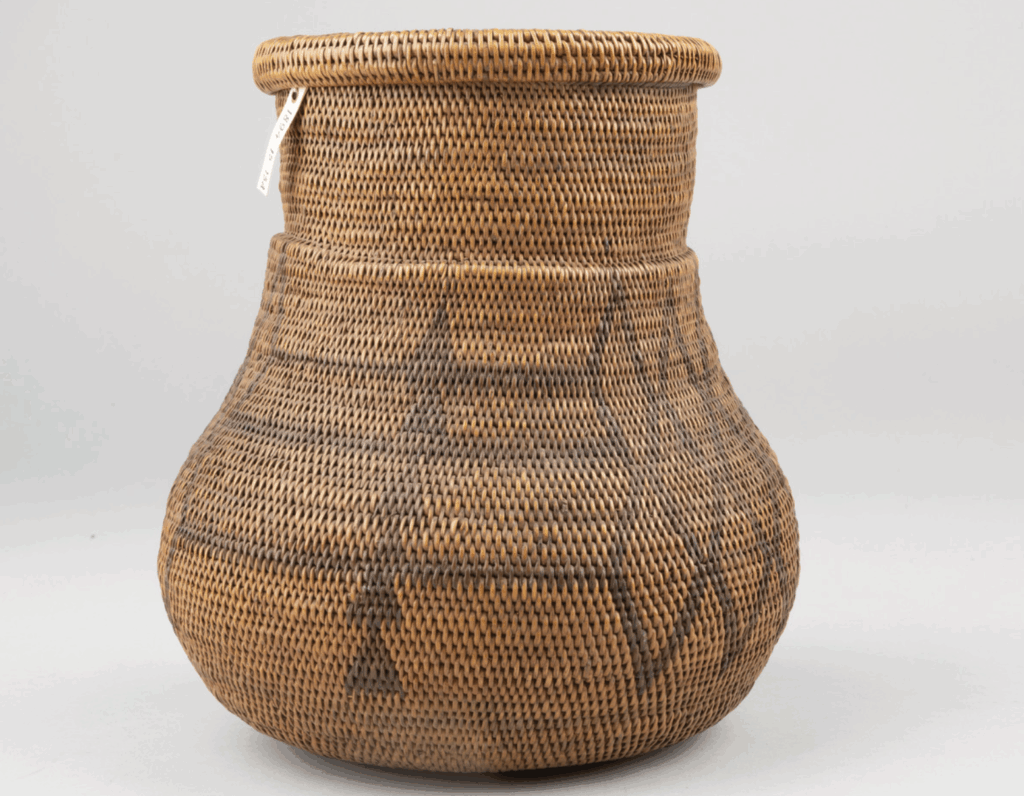
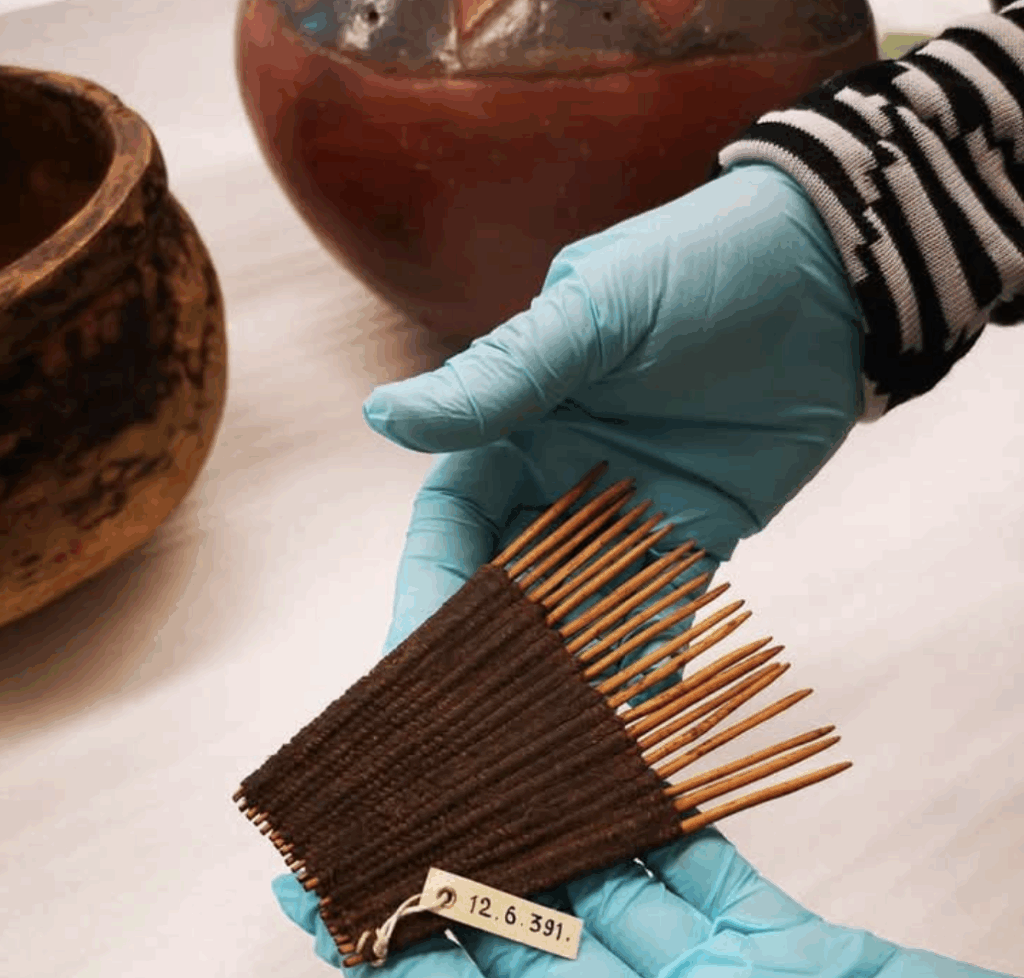
Samba Yonga, the co-founder of the virtual Women’s History Museum of Zambia, was a part of the project. While she and her crew wait for the items to be returned, they plan to continue studying and deciphering the artifacts.
Yonga spoke to The World’s Carolyn Beeler about her work.
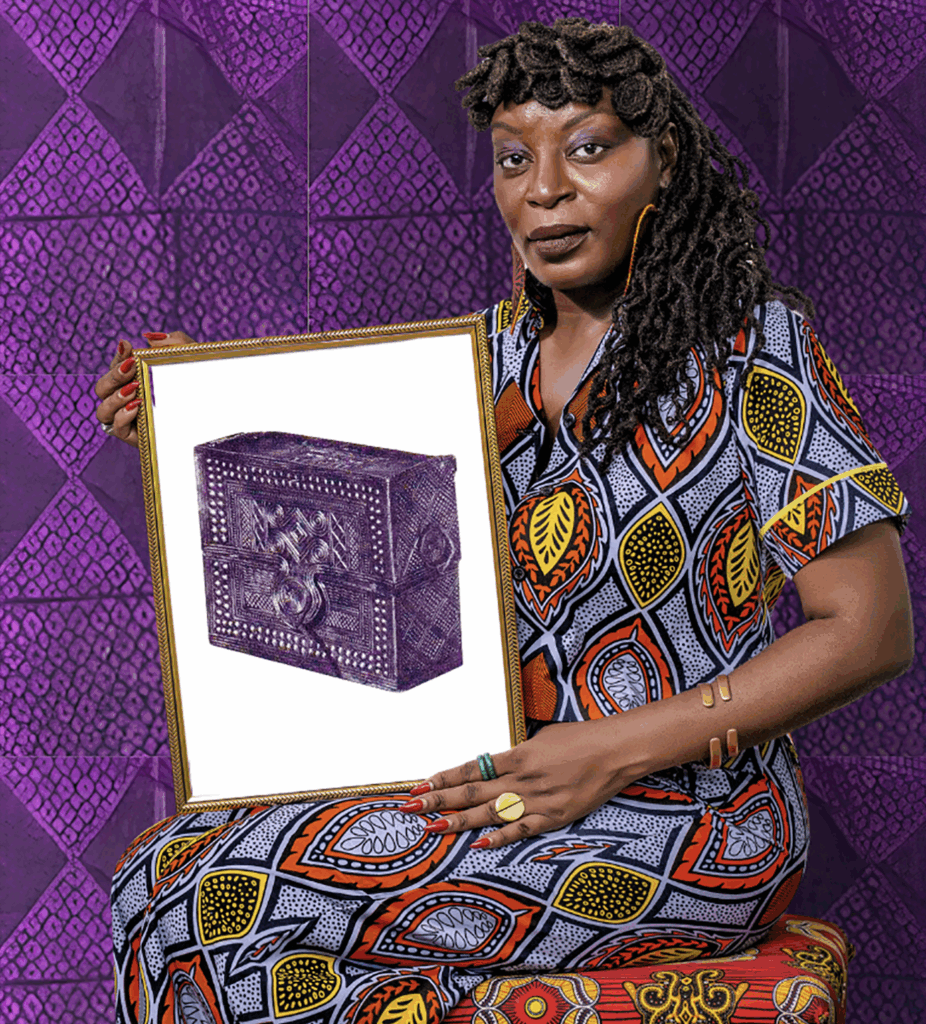
Earlier I mentioned that there was a very close connection with the environment, and they understood that the trees and the animals were all part of the cycle of life. And they had to give respect and honor to the animals, to the trees, even if that’s where they got their source of food from.
So, that was a practice that was very embedded in the communities, and it was something that had to be practiced every single time a hunter went to hunt for food.
Because in my mind, it never connected that Sweden would ever have a collection. The UK, that makes sense. France, it makes sense. Belgium makes sense. Not Sweden. And he was like, “Oh, actually, what used to happen in those days is the Swedish and Scandinavians would book space in British voyagers’ ships going to the continent because they couldn’t afford ships themselves.” And that’s how they ended up on the continent.
So, I was like, “Oh, okay, we didn’t know that.”
So, that’s how these particular artifacts that we examined, like the cloak, like some of the Makishi masks, ended up in the museum.
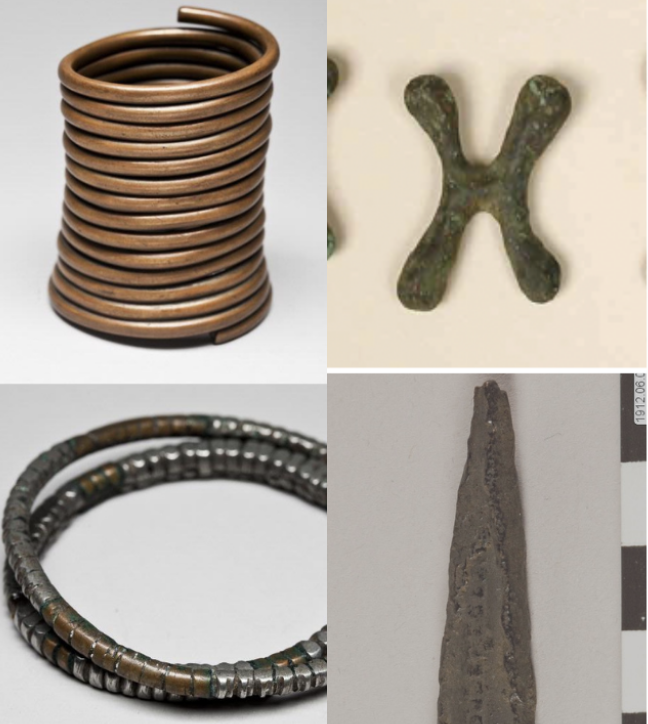
And that process actually resulted into a shape-shifting and a duality that a lot of Zambians and Africans still live, where you’re crossing in and out of this identity. So, part of the work that we are doing is trying to connect those two parts and trying to center our own Indigenous knowledge so it doesn’t feel like we have to discard it or shape-shift in order to conform. And that has been very emotional.
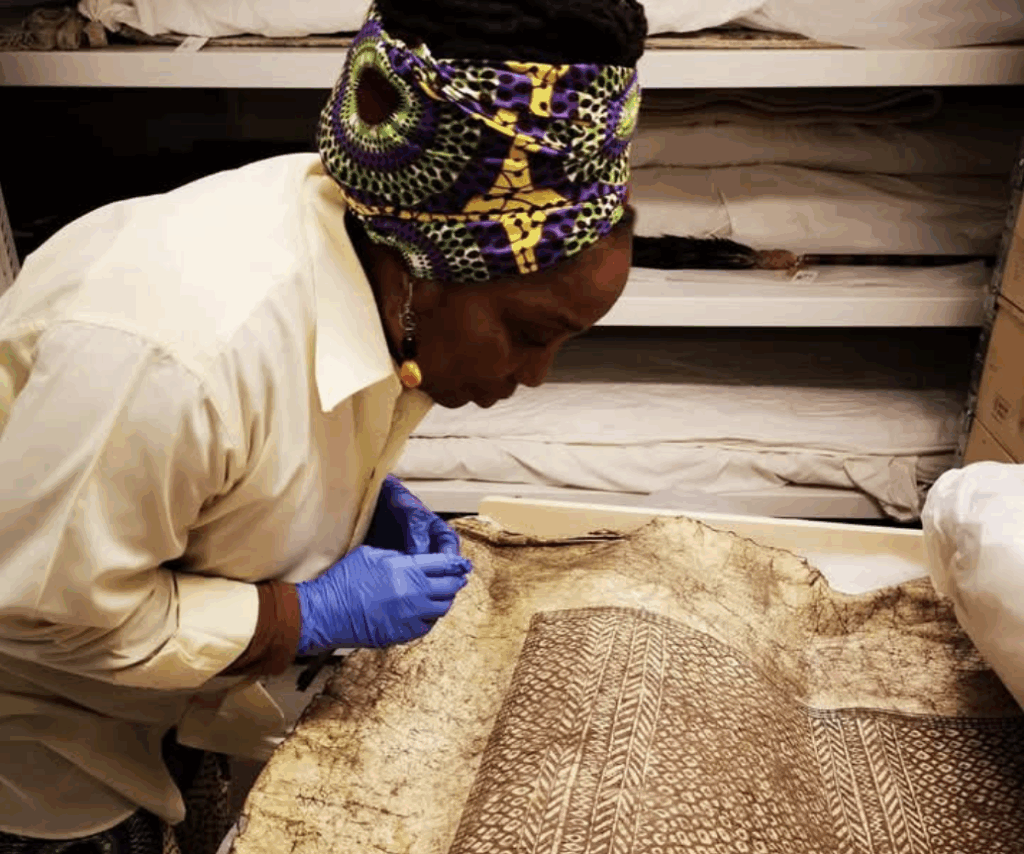
This interview has been lightly edited and condensed for clarity.
The post Deciphering ancient artifacts with a lost language used by women in Zambia appeared first on The World from PRX.
9 episodes
Manage episode 497477308 series 3381505
Geometric patterns on cloth. Symbols etched into sacred masks.
Experts believe it’s all part of an ancient, largely forgotten writing system that was used by women in Zambia.
Recently, the curators at the National Museum of World Culture in Stockholm, Sweden, invited a group of Zambian women to help understand the meanings of some artifacts and the communities that used them. The idea is that many of the objects in Sweden will eventually be brought back to the African continent.


Samba Yonga, the co-founder of the virtual Women’s History Museum of Zambia, was a part of the project. While she and her crew wait for the items to be returned, they plan to continue studying and deciphering the artifacts.
Yonga spoke to The World’s Carolyn Beeler about her work.

Earlier I mentioned that there was a very close connection with the environment, and they understood that the trees and the animals were all part of the cycle of life. And they had to give respect and honor to the animals, to the trees, even if that’s where they got their source of food from.
So, that was a practice that was very embedded in the communities, and it was something that had to be practiced every single time a hunter went to hunt for food.
Because in my mind, it never connected that Sweden would ever have a collection. The UK, that makes sense. France, it makes sense. Belgium makes sense. Not Sweden. And he was like, “Oh, actually, what used to happen in those days is the Swedish and Scandinavians would book space in British voyagers’ ships going to the continent because they couldn’t afford ships themselves.” And that’s how they ended up on the continent.
So, I was like, “Oh, okay, we didn’t know that.”
So, that’s how these particular artifacts that we examined, like the cloak, like some of the Makishi masks, ended up in the museum.

And that process actually resulted into a shape-shifting and a duality that a lot of Zambians and Africans still live, where you’re crossing in and out of this identity. So, part of the work that we are doing is trying to connect those two parts and trying to center our own Indigenous knowledge so it doesn’t feel like we have to discard it or shape-shift in order to conform. And that has been very emotional.

This interview has been lightly edited and condensed for clarity.
The post Deciphering ancient artifacts with a lost language used by women in Zambia appeared first on The World from PRX.
9 episodes
All episodes
×Welcome to Player FM!
Player FM is scanning the web for high-quality podcasts for you to enjoy right now. It's the best podcast app and works on Android, iPhone, and the web. Signup to sync subscriptions across devices.



